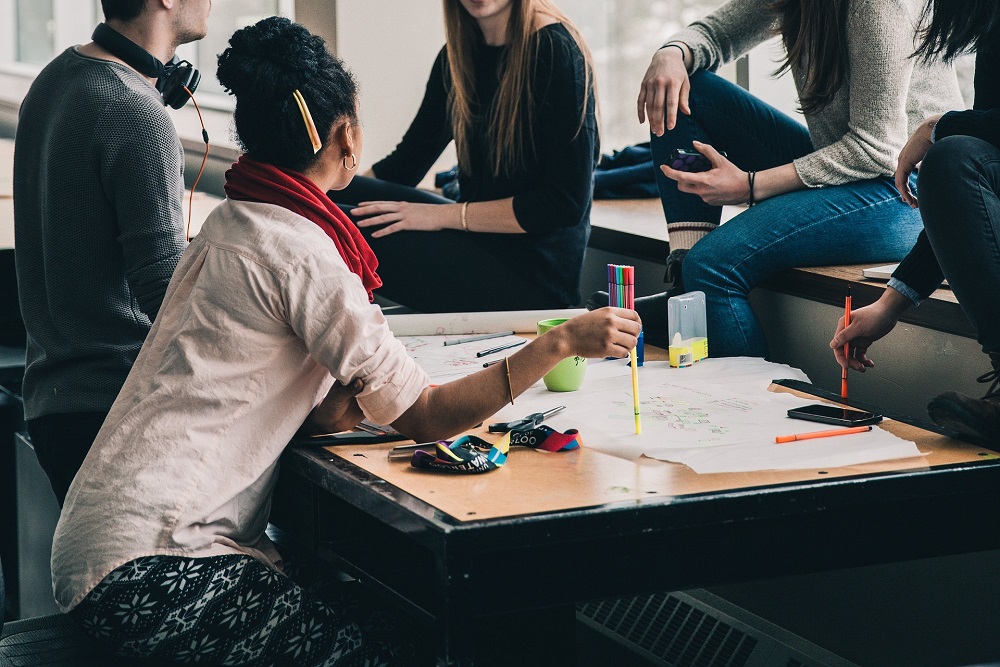As we gear towards the fourth industrial revolution or 4IR, Robotics will be one of the crucial elements. 4IR is expected to depict the effects of digital transformation based on the fusion of different technologies. Robotics will instigate consumer demand and propel market size in the job market.
Presently, robotics is considerably transforming the education sector as compared to yesteryears, whereby education was characterized by slate and chalk.
Robotics makes education efficient
In the learning process, robotics has turned education into a luxury space as the human effort has been considerably reduced.
For instance, educational robotics has enabled learners in special and early education to develop capabilities that instigate societal integration. Additionally, their personal and social skills have been nurtured.
Educationists attest that robotics has presented students and children with a more effective technological education. As a result, any person irrespective of his/her age can be taught through this technological advancement.
Market players affirm that robots have emerged to be a famous educational tool in various high and middle schools. As a result, interests in distinctive fields such as artificial intelligence and programming among students have been raised.
Robotics’ safeness
Robotics’ system has been crafted in such a way that the students’ safety is ensured. Additionally, its design has been simplified so that children can efficiently operate them to propel their learning outcomes.
In no time, children can operate educational robotics even if they do not possess any programming skills.
As a result, robotics has emerged to be a boon for young people as their minds are efficiently nourished. Safety is enhanced as technical side effects are minimized.
Robotics enhances learning outcomes
Robotics has presented significant opportunities to promote, experiment, and grasp distinctive learning approaches. This innovation has enabled people to become knowledgeable at a fast pace.
Robotics makes the learning process real as results are visual as compared to other procedures such as virtual learning. As a result, learners become motivated to generate and explore new concepts.
Robotics learning is instrumental in making programming and technology more fun. This attribute makes it attractive to many young minds making productivity inevitable.
Interestingly, various educational setups and schools are shown incorporating robotics. For instance, Australia’s Maitland Lutheran School is using a humanoid robot to teach children aboriginal language.
Additionally, iRobot Corp, through Root Robotics has enabled at least five hundred (500) schools to utilize this technological innovation to nurture young children’s coding skills engagingly and playfully.







